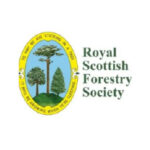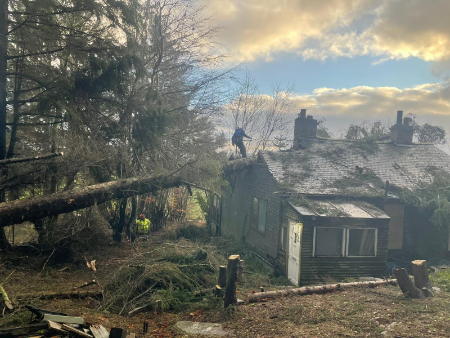How to Find Out if a Tree is Protected
April 26, 2024
If you are planning to have some work carried out on a tree that is growing on your land and you have reason to believe there may be a Tree Protection Order in place that could prevent you from doing so, a check will need to be performed. If you don’t know how to check a Tree Preservation Order (TPO) don’t worry because you are in the perfect place to fill that gap in your arboricultural knowledge. In today’s article, we discuss how to check TPOs as well as what to do if one is found and you still wish to proceed with the work in question.

How to Perform a Thorough TPO Check in England & Wales
If you are planning to prune or remove a tree that you think may be protected by a preservation order, either because of its age, rarity or historical significance, the simplest and most direct way to check is to contact the local planning office. TPOs come under local planning regulations so any queries about the possible existence of an order for a specific tree or the details of such an order can be answered by the planning officers responsible for the area in which the tree is located. In the event a TPO is found to be in existence and it covers the tree or trees you wish to prune or remove, you will need to obtain permission before the work is carried out, which is a fairly straightforward process that we discuss below.
Applying for Permission to Work on a Protected Tree
In the event a TPO is found to be in place, protecting a tree or number of trees that you wish to prune or fell, it does not necessarily mean you will be unable to proceed with your plans. Although it is highly unlikely that you will be able to have a TPO removed, local councils are often willing to grant permission for deviations from TPOs if good reason for doing so can be shown.
In the case of new residential property developments, most local planning authorities are willing to seriously consider all worthwhile applications and in the event your application for one or more deviations from existing TPOs is approved, you will be able to proceed with your development plans unhindered. Planning permission always overrides any orders that are currently in force, which means it is all you need to wait for. Once you have received planning permission, you can go ahead and fell the trees without fear of reprisal from the local authorities or any other government bodies.
As a point of interest, the relationship between planning laws and Tree Preservation Orders also means that once planning permission for development on a certain site has been granted, the local authority is unlikely to consider any new TPOs for trees on that site.
Of course, if you want to find out if a tree is protected with a TPO with minimum effort, contacting your local arboricultural specialists is often the best option.
Telephone Number
Location
Craigenseat Farm, Crossroads, Keith, AB55 6LQ, United Kingdom
More from Epic Tree Care
Check our library of articles regularly, as we’re constantly growing our knowledgebase.










